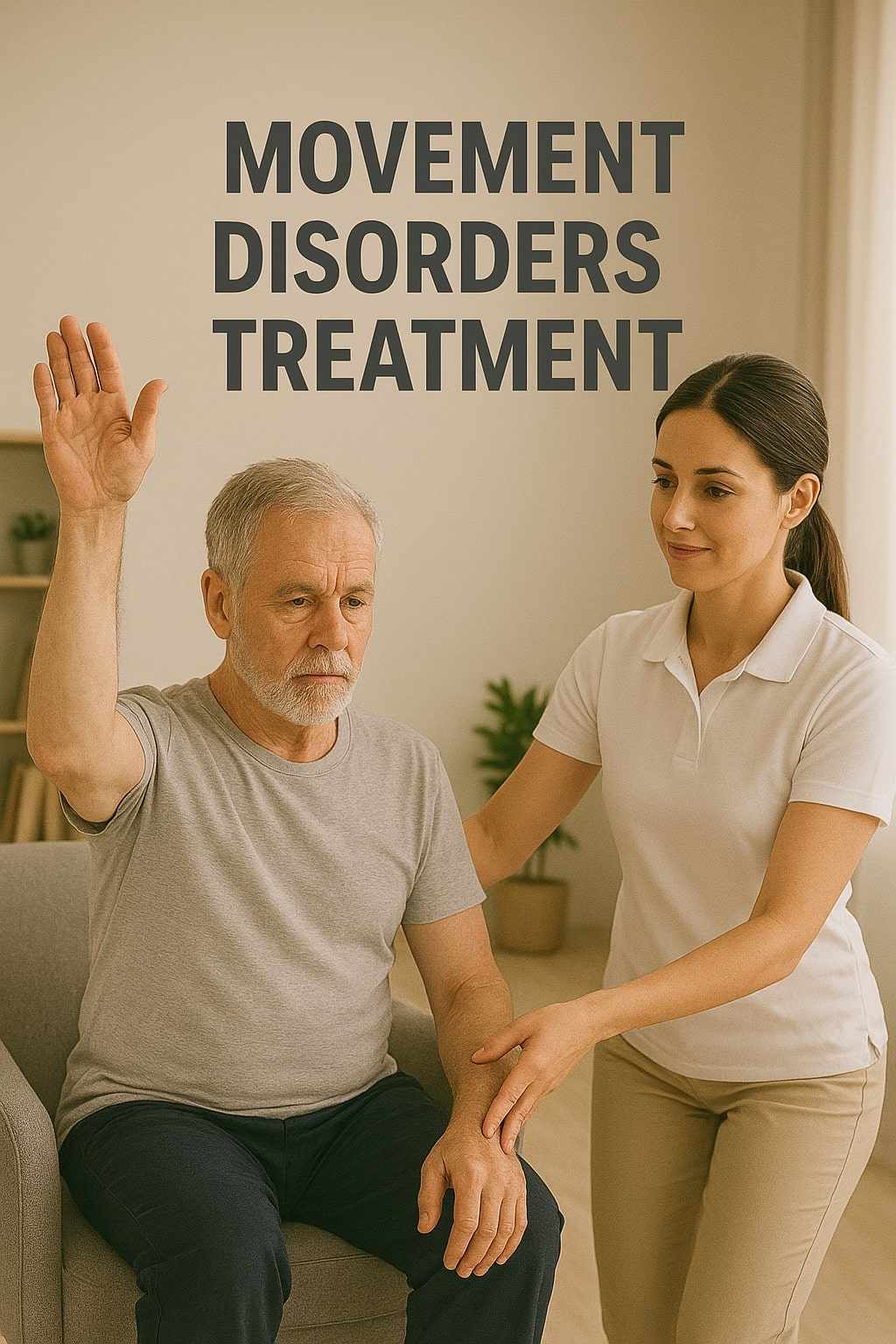
Stepping Into a Neurotherapy Clinic
Walking into a neurotherapy clinic, you're not entering a traditional medical space filled with prescription pads and invasive tools. Instead, you’re stepping into a carefully designed environment where science meets self-regulation. These clinics are built to support the mind by helping individuals gain insight into their brain activity and use that insight to bring about real, lasting change.
So what really happens inside a neurotherapy clinic? Let’s take a closer look at the treatment approaches that make these spaces unique.
Brain Mapping: The Foundation of Personalized Care
The first step in any neurotherapy journey is often a process known as brain mapping or quantitative EEG (qEEG). This non-invasive scan measures the brain’s electrical activity, helping clinicians identify patterns that may be linked to symptoms like anxiety, inattention, or disrupted sleep.
The resulting brain map is a visual representation of how your brain is functioning. It becomes the foundation for creating a personalized neurofeedback protocol designed to address your specific needs.
Neurofeedback Training: The Core Technique
Neurofeedback is the central treatment method used in neurotherapy clinics. During these sessions, sensors are placed on the scalp to monitor brain wave activity while the patient engages with a screen—watching a video, playing a game, or listening to music.
The activity on the screen responds to your brain’s activity in real-time. When the brain produces desired patterns, the video plays smoothly; when it doesn’t, it pauses or changes. This feedback loop encourages the brain to adjust itself and maintain healthier patterns. Over time, these changes can lead to improvements in emotional regulation, focus, and overall mental well-being.
Biofeedback and Other Modalities
While neurofeedback is the star, many clinics also offer additional forms of biofeedback. These include techniques that track and train heart rate variability, skin temperature, or breathing patterns. By learning to control these physiological responses, patients gain tools to manage stress and emotional reactivity more effectively.
In some cases, clinics may combine neurotherapy with cognitive exercises, mindfulness practices, or coaching. These integrative approaches help reinforce the gains made in session and translate them into daily life.
Progress Tracking and Adjustments
Treatment doesn’t stop at protocol creation. Throughout the process, clinicians monitor your progress, adjusting sessions based on how your brain responds. This dynamic feedback ensures that therapy remains effective and relevant to your evolving goals.
Most patients begin to notice subtle shifts within a few sessions, with more significant improvements typically seen over time through consistent practice.
Conclusion
Neuropsychiatric Treatment Center protocols are rooted in real-time brain feedback and scientific precision. From brain mapping to personalized neurofeedback sessions and integrative support techniques, the treatments are designed to empower the individual—not just to cope with symptoms, but to truly retrain the brain for lasting balance and clarity. Inside a neurotherapy clinic, the goal isn’t just healing—it’s transformation.


Write a comment ...